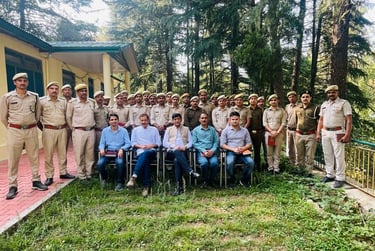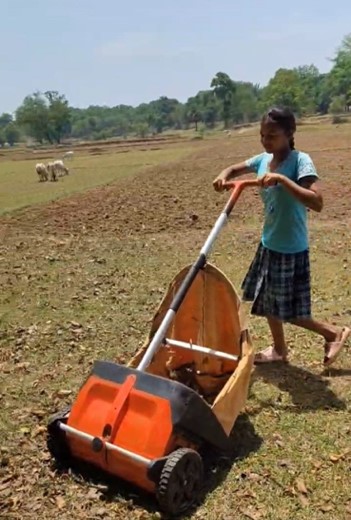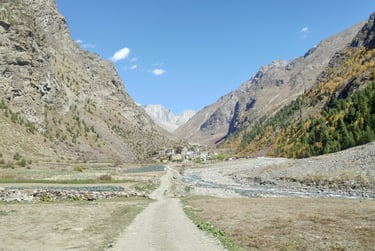Technology
Technology integration addresses key constraints in the current forest economy through the strategic fusion of mechanical and digital innovations designed to increase efficiency while maintaining community ownership and environmental sustainability. IoFE’s approach recognises that technology adoption must be accompanied by process re-engineering to harness economies of scale and institutional development to ensure appropriate implementation.
Central to this approach is nCount (https://ncount.in/), an open-source data capture and analytics platform that empowers forest communities with user-friendly tools for boundary mapping, species inventory, and biomass estimation. The platform addresses insecure tenure through GIS-enabled boundary mapping that supports legal recognition of forest rights, while its deep learning models create comprehensive databases of forest products and ecosystem services for evidence-based management decisions.
Boundary mapping, utilising modern surveying techniques and geographic information system (GIS) technology, helps communities secure legal recognition of forest rights—addressing the fundamental constraint of insecure tenure that hinders investment in forest restoration and sustainable management practices. Digital claim-filing systems reduce transaction costs and bureaucratic barriers that have historically excluded forest-dependent communities from formal recognition and access to government support programmes.
Mechanisation focuses on appropriate technologies that increase productivity while upholding sustainability principles and community ownership models. Digital trading platforms and blockchain technology enhance transparency in forest-based supply chains, addressing consumer demand for traceability and enabling communities to demonstrate their commitment to sustainable management practices. These digital records can also serve as collateral for accessing formal credit markets, as transaction histories provide evidence of enterprise viability and stable cash flow.
Resource inventory initiatives create comprehensive databases of forest products, ecosystem services, and ecological assets, providing communities with evidence-based information to support sound management decisions and effective market engagement. These systems also generate the data necessary to develop sustainable harvesting plans that balance economic opportunities with ecological conservation.
We’re always open to partnerships, ideas, and conversations. Reach out to explore collaboration or to learn more about our work.


Building a Digital Forest Inventory in Himachal Pradesh










